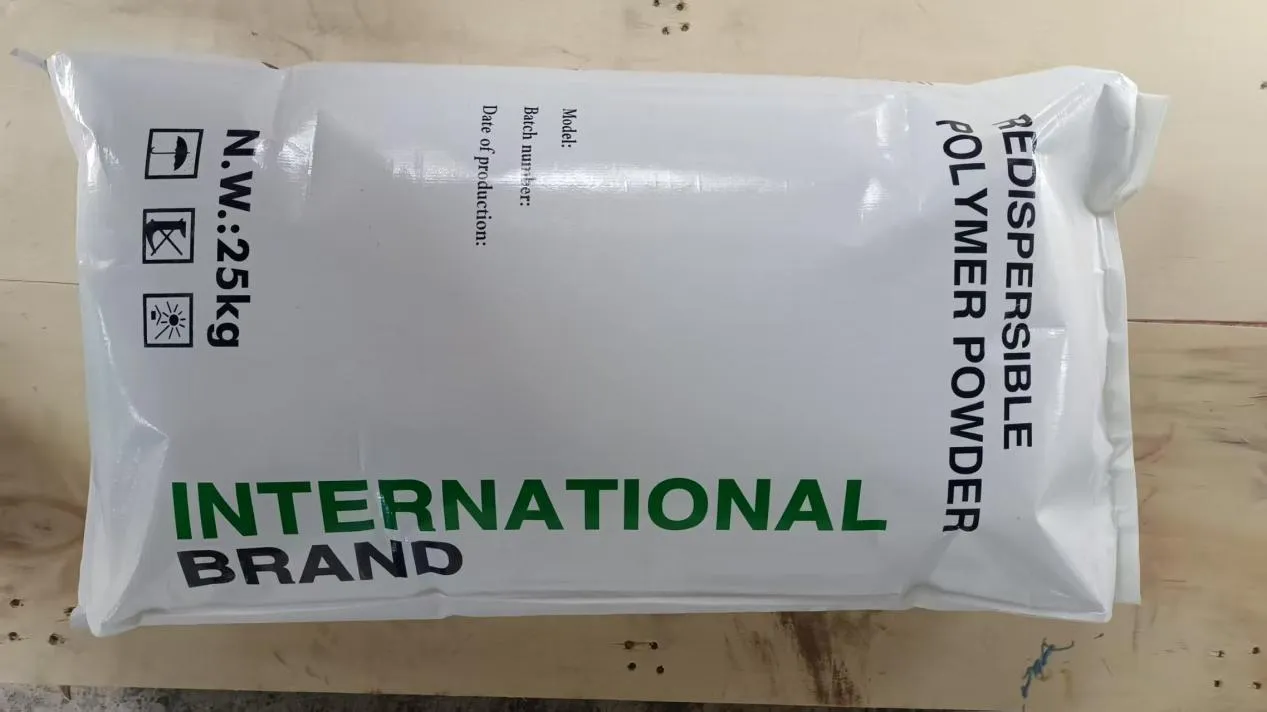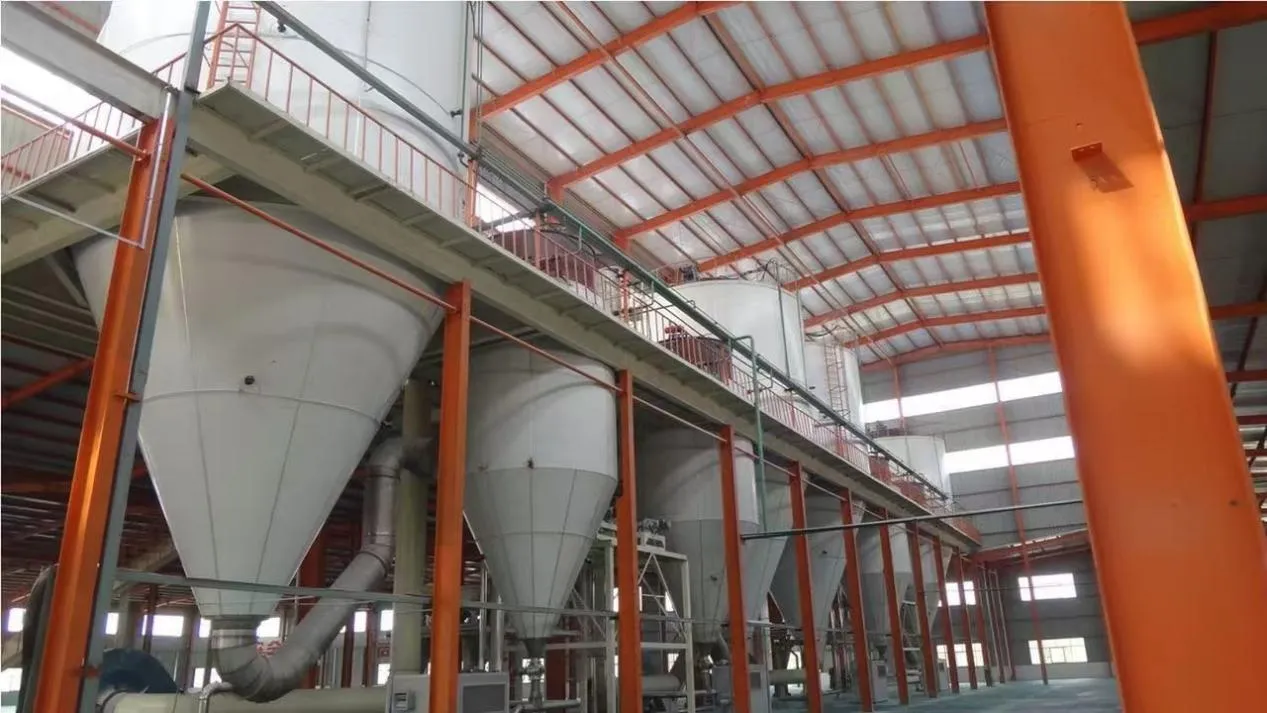
Exploring Redispersible Polymer Powder: Types, Uses, and Market Insights
In the construction and chemical industries, dispersible polymer powder has become an indispensable additive. Known for enhancing adhesion, flexibility, and durability, it is widely used in dry-mix mortars, tile adhesives, plasters, and self-leveling compounds. The term redispersible polymer powder (RDP) refers to a polymer that can be dispersed in water after spray-drying, forming a stable emulsion again.
From VAE redispersible powder to acrylic-based versions, different formulations are designed to meet specific performance requirements. In this article, we will explore the characteristics, applications, and global outlook of redispersible polymer, while also addressing common questions related to pricing, suppliers, and trade classifications.

Understanding Redispersible Polymer Powder
What is Redispersible Polymer Powder?
Redispersible polymer powder RDP is a free-flowing powder obtained by spray-drying polymer emulsions, primarily based on vinyl acetate ethylene redispersible powder (VAE RDP). When mixed with water, the powder redisperses into a polymer emulsion, showing similar properties to its original liquid form.
This ability to “re-disperse” is why it is called re dispersible polymer powder. The resulting polymer film improves the adhesion, cohesion, and elasticity of cementitious and gypsum-based products.
Key Benefits and Uses
The redispersible polymer powder uses span multiple industries, especially construction. Its benefits include:
Enhanced adhesion – Ensures strong bonding between mortar and substrates.
Flexibility – Reduces cracking due to shrinkage or structural movement.
Water resistance – Protects materials from weather damage.
Workability – Improves consistency and ease of application.
Durability – Extends the lifespan of mortars, plasters, and coatings.
Because of these advantages, redispersible powder polymer is often used in:
Tile adhesives and grouts
External insulation finishing systems (EIFS)
Gypsum plaster and skim coats
Self-leveling floor compounds
Repair mortars
Global Market and Trade of Redispersible Polymer Powder
Market Demand and Growth
The redispersible polymer powder market share has grown steadily in recent years, driven by increased demand for sustainable and high-performance construction materials. Urbanization, infrastructure development, and renovation projects are fueling the adoption of redispersible polymer in both developed and developing economies.
According to industry insights, the largest share of the market is occupied by VAE redispersible powder, owing to its versatility and cost-effectiveness. Acrylic-based and VeoVa-based RDPs are also expanding, particularly in applications requiring superior UV and water resistance.
Suppliers and Pricing
Choosing reliable redispersible latex powder suppliers is crucial for maintaining product quality. Global suppliers offer a variety of grades tailored to construction needs, and the RDP powder price can vary depending on polymer type, raw material costs, and market demand. VAE-based powders generally provide the most cost-efficient solutions, while specialty powders, such as acrylic-based, tend to be higher priced due to added performance benefits.
Trade and HS Code
For international trade, redispersible polymer powder HS code classification ensures standardization and regulatory compliance. Typically, RDP falls under chemical and polymer product categories, facilitating customs procedures and global distribution. This classification also makes it easier for buyers and sellers to manage import and export documentation.
Sources of Information and Industry Reference
For a general overview, redispersible polymer powder wiki pages provide simplified explanations of composition, properties, and uses. However, industry professionals usually rely on technical datasheets from manufacturers and market research reports to make informed decisions about applications and purchasing.
The continuous development of new formulations, especially vinyl acetate ethylene redispersible powder, demonstrates how research and innovation are shaping the market. As sustainability becomes a global priority, demand for eco-friendly redispersible polymer powder uses will likely continue to grow, with suppliers offering greener, low-emission grades.

خاتمة
دور redispersible polymer powder in modern construction cannot be overstated. Whether in the form of VAE RDP, acrylics, or specialty blends, its ability to improve adhesion, flexibility, and durability makes it a critical additive in dry-mix mortars and plasters. With growing infrastructure needs and a shift toward sustainable materials, the redispersible polymer powder market share is expected to expand significantly in the coming years.
From understanding its technical properties to evaluating the RDP powder price and global trade through the redispersible polymer powder HS code, stakeholders in construction and chemical industries can make informed decisions. Ultimately, whether sourced from leading redispersible latex powder suppliers or studied through redispersible polymer powder wiki, this material remains at the core of performance-driven construction.
FAQs About Redispersible Polymer Powder
1. What are the main redispersible polymer powder uses?
Redispersible polymer powder uses include tile adhesives, plasters, EIFS, self-leveling compounds, and repair mortars. It improves adhesion, flexibility, and water resistance.
2. What is VAE redispersible powder, and why is it popular?
VAE redispersible powder is made from vinyl acetate–ethylene copolymer. As the most common VAE RDP, it offers excellent adhesion, flexibility, and cost efficiency, making it the largest contributor to the redispersible polymer powder market share.
3. How is redispersible polymer powder classified for trade?
The redispersible polymer powder HS code classifies it as a polymer chemical product for international trade, simplifying customs clearance and ensuring compliance with global regulations.
4. What factors affect RDP powder price in the market?
The RDP powder price depends on raw material costs, type of polymer (VAE, acrylic, or VeoVa), supplier location, and global demand. Bulk purchasing from reliable redispersible latex powder suppliers can reduce costs.
5. Where can I learn more about redispersible polymer powder?
For an overview, redispersible polymer powder wiki offers introductory information. For technical details, manufacturers and suppliers provide datasheets, while market reports cover trends and redispersible powder polymer developments.
-
Hydroxypropyl Starch as a Sustainable Construction AdditiveNewsNov.24,2025
-
The Gelation Properties of CMCNewsNov.21,2025
-
Redispersible Latex Powder and Water Retention CapacityNewsNov.21,2025
-
Dosage Control for Polycarboxylate Water ReducerNewsNov.21,2025
-
Film-Forming Properties of Polyvinyl AlcoholNewsNov.21,2025
-
The Function of Gypsum Additives in MortarNewsNov.21,2025





















